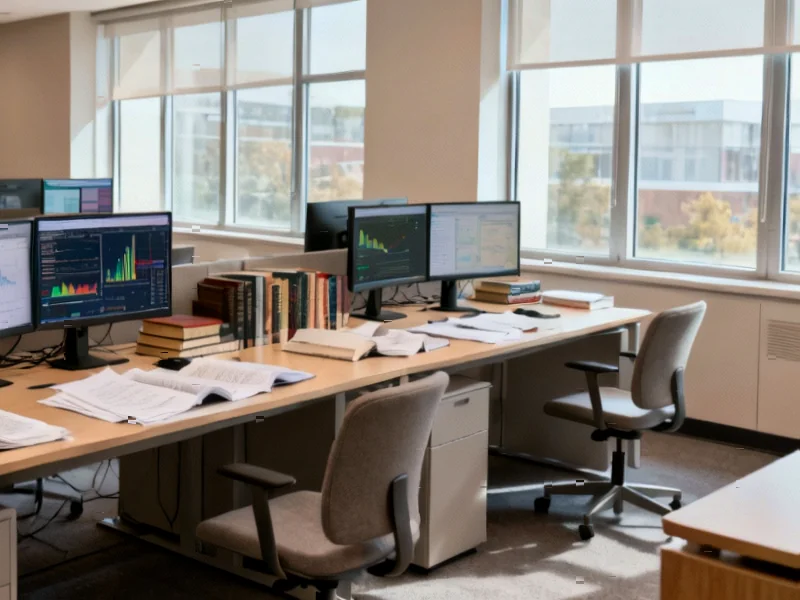According to Financial Times News, the recent agreement between President Trump and President Xi represents a tactical détente rather than strategic resolution, with structural competition creating a faultline that no summit can easily mend. China’s rare earth export controls mark the latest escalation, building on previous diversification efforts that saw US soybean imports drop from 40% of Chinese imports in 2016 to just 9% projected for 2025. The 2022 US semiconductor export controls accelerated Chinese innovation in chips and AI, while current rare earth restrictions serve dual purposes of retaliation and supply chain consolidation. China’s bureaucratic challenges in implementing export controls create additional uncertainty, with foreign companies needing to navigate opaque licensing processes that could vacuum up supply chain information for future weaponization.
The New Operating Environment: Permanent Escalation
What many businesses are failing to grasp is that we’re not experiencing temporary trade friction but a fundamental reconfiguration of global economic architecture. The US-China relationship has shifted from complementary interdependence to managed competition, meaning companies can no longer rely on the stability that characterized the past three decades of globalization. The escalation cycles described aren’t anomalies—they’re becoming the baseline operating environment. Companies that treat each new round of restrictions as a temporary disruption to weather will find themselves perpetually behind the curve, constantly reacting rather than strategically positioning.
Supply Chain Sovereignty Realities
The rare earth situation exemplifies a broader pattern affecting multiple critical sectors. While much attention focuses on finding alternative mining sources, the deeper challenge lies in processing capacity and technical expertise. China controls over 90% of rare earth refining and processing globally, meaning simply finding new mines won’t solve the dependency problem. This mirrors similar concentration in other sectors like pharmaceutical ingredients, battery components, and specialized manufacturing. The transition to diversified, resilient supply chains requires rebuilding entire industrial ecosystems that have atrophied during decades of optimization for cost efficiency rather than security.
Corporate Imperatives: Immediate vs Strategic
Businesses face a dual challenge requiring simultaneous short-term navigation and long-term transformation. In the immediate term, companies must develop sophisticated political risk assessment capabilities and establish relationships with Chinese partners who can help navigate the bureaucratic licensing maze. However, the strategic imperative involves fundamentally rethinking supply chain architecture with redundancy, regionalization, and substitution built into core design. This isn’t merely about finding backup suppliers—it’s about creating systems that can dynamically reconfigure in response to political shocks while maintaining operational continuity.
Innovation Ecosystem Opportunities
The silver lining in this restructuring is the massive opportunity for companies positioned to support supply chain sovereignty initiatives. Governments worldwide are making significant investments in securing critical supply chains, creating demand for everything from mining technology and processing expertise to logistics optimization and materials science. Companies that can position themselves as essential to national or regional innovation ecosystems will capture substantial value. This extends beyond traditional defense contractors to include materials scientists, engineering firms, software developers for supply chain visibility, and consultancies specializing in geopolitical risk management.
The Human Capital Dimension
One underappreciated aspect of this decoupling is the talent and knowledge transfer challenge. Decades of integrated supply chains have created deep institutional knowledge about Chinese manufacturing processes, quality standards, and business practices that cannot be easily replicated. Companies seeking to diversify away from China must simultaneously rebuild technical expertise and manufacturing knowledge that has been lost through outsourcing. This creates both a crisis for companies heavily dependent on Chinese production and an opportunity for educational institutions, training organizations, and experienced professionals who understand both Western quality standards and Asian manufacturing realities.
Preparing for the Long Haul
The most successful companies in this new environment will be those that treat geopolitical volatility as a permanent feature rather than temporary disruption. This means building organizational structures, decision-making processes, and risk management frameworks that assume regular escalation cycles and supply chain disruptions. It requires developing scenario planning capabilities that go beyond traditional business continuity planning to encompass political, technological, and economic dimensions simultaneously. Companies that master this integrated approach will not only survive the coming turbulence but potentially thrive by turning systemic risks into competitive advantages.



